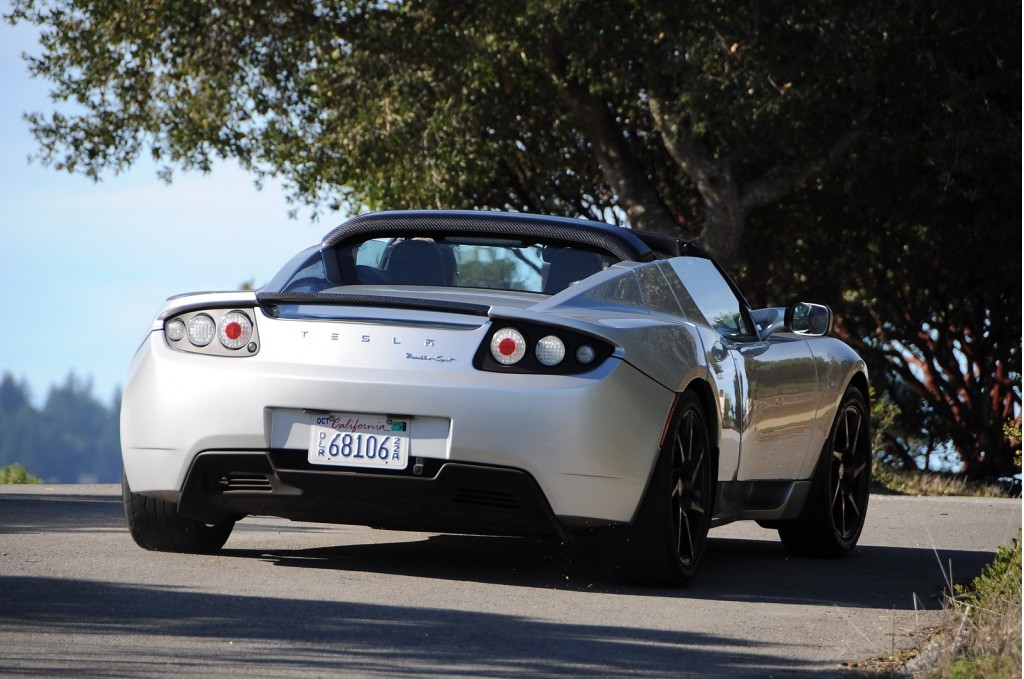Arranging insurance for your new car is always a stressful and unpleasant business. Often overlooked, it has a direct impact on your driving habits and your pocket book.
But unlike gasoline cars, electric cars are not yet fully known by the insurance industry, causing some potential headaches for first time owners and hiking the price of premiums up above those increases already determined by driver age, location, occupation and miles driven per year.
So what does drive insurance up on electric vehicles? And what should you look for?
Sticker Price
It goes without saying that at the moment electric cars are not exactly affordable for everyone. Traditionally, the higher the sticker price (MSRP), performance and specifications, the higher the insurance premium.

2011 Nissan Leaf
With President Obama’s plans to turn the federal tax credits for electric vehicles into purchase grants there’s even more reason to consider an electric car.
Sure, your 2011 Nissan LEAF may only cost from as little as $25,280 in certain states after federal and state incentives have been applied. But that shouldn’t be the value you insure your car for.
Why? Because the true replacement cost of your car will be the manufacturer's MSRP.
Think about it. If you insure your electric car for the amount it cost you to purchase after incentives you may find in the event of a total loss that your insurance will be anything up to $7,500 short of the purchase cost of a replacement vehicle.
Quote MSRP, and you’ll save yourself a lot of hassle if something goest wrong.
Accident Repair Uncertainty
While electric cars may not have as many components forming the drivetrain and fuel system as gasoline cars, the costs to replace electric drive trains, batteries and motors are more expensive right now.
High demand for cars and low production numbers don’t help, increasing the end consumer price of everything from body panels through to replacement batteries.
As always, insurance firms are keen to pass on that pricy risk to you in the form of an increased premium.
Lack of Definitive Residual Value Models

2011 Tesla Roadster Sport. Photo by Joe Nuxoll.
Here’s a real stinger. While many investment firms and institutions have tried to come up with a realistic model for electric car depreciation, no-one can agree on it.
There’s just too much uncertainty and misinformation in electric cars and the technology in them.
To an insurance firm, that’s a scary prospect.
They want to know core details, like the value of the battery pack, replacement cost and longevity. But no-one really knows until more electric vehicles are being used in the real world.
Imagine your 2011 Volt is involved in an accident in a year’s time and is written off as a total loss. To calculate value, insurance companies need to have some kind of comparable vehicle to use to ascertain what the true depreciation will be of that car over the year.
The uncertainty around residual value has one effect: Increase the risk to the insurance company. That in turn comes back to us, the consumers.
The Solution
Don’t worry though. There are some simple solutions to keeping your insurance low
- Try to give as accurate an expected mileage per-year figure as you can.
- Shop around to make sure you get the lowest possible quote.
- Quote MSRP rather than the purchase cost after rebate to avoid nasty surprises.
- Attend an advanced driving course to improve your skill and lower accident risk
- Park your car at night in a locked garage.
- Don’t add inexperienced or accident prone additional drivers to your policy.
If you’ve already got electric car insurance, where did you go? Where there any problems to insuring your car? What steps did you take to lower your premium? Don’t forget to tell us in the Comments below.













